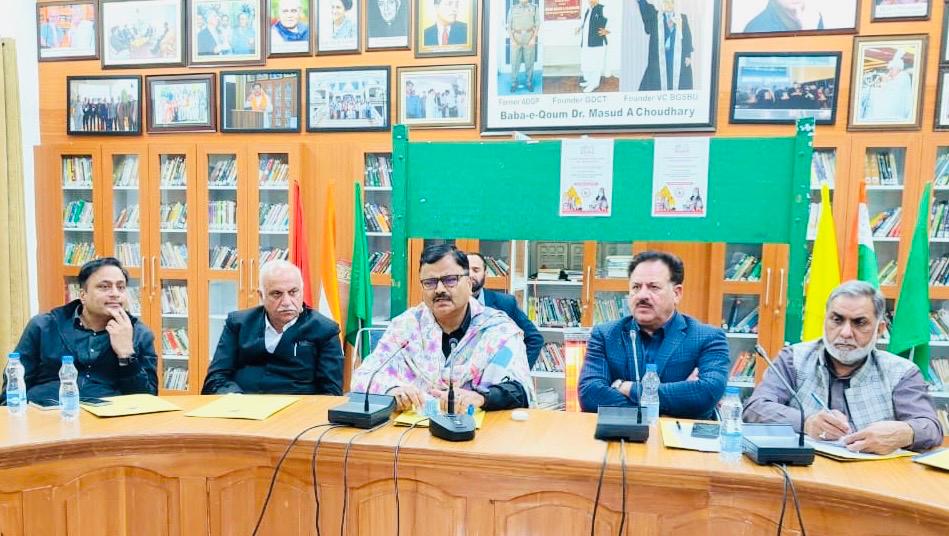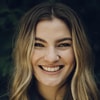GNS ONLINE NEWS PORTAL
SADAKET MALIK
MAKHORI NOVEMBER 27 :– A village the linguistic stronghold of khashali language is nestled in the scenic landscapes of District Doda, providing a backdrop that intertwines nature with cultural diversity.paradise. is located in Assar Tehsil of the Doda district in Jammu and Kashmir, is a medium-sized village boasting a population of 1631 residents distributed across 314 families, as recorded by the Population Census of 2011. Among these, 816 are males, and 815 are females, reflecting a nearly equal gender distribution. The village exhibits a child population (ages 0-6) of 238, constituting 14.59% of the total residents. The area is having rich linguistic and ethnic relevance. There is a kind of western pahari of.indo arayan family spoken called Khashali or Meshabi. The language is now spoken in other areas of the Tehsil Assar too.
The demographic landscape of Malhori reveals an encouraging sex ratio, with 999 females for every 1000 males, surpassing the Jammu and Kashmir state average of 889. However, the Child Sex Ratio is 763, which is slightly lower than the state average of 862, indicating a noteworthy gender disparity in the younger age group.
Education plays a vital role in Malhori, with a commendable literacy rate of 73.44% in 2011, surpassing the state average of 67.16%. The male literacy rate stands impressively at 87.52%, while the female literacy rate, though lower at 59.97%, signifies a commitment to education in the community.
The area is Scheduled Castes (SC) constituting 21.21% of the population, and Scheduled Tribes (ST) representing a smaller percentage at 0.37%.
The occupational landscape of Malhori involves 489 individuals engaged in various work activities. A majority, 58.28%, describe their work as the main source of employment, lasting for more than six months. On the other hand, 41.72% are involved in marginal activities, providing a livelihood for less than six months. Within the main workforce, 94 individuals are cultivators, either as owners or co-owners, emphasizing the agricultural backbone of the community.
Khashali – Meshabi language spoken
Khushali also known as Meshabi, is a unique and endangered language spoken in Malhori in District Doda in the culturally rich region of Jammu and Kashmir, India. This speech finds itself in the category of endangered languages, highlighting the urgency of efforts to preserve and revitalize it. The language is spoken in the Malhori village of District Doda in the culturally rich region of Jammu and Kashmir. With approximately 2000 speakers, it stands as one of the endangered languages in Jammu and Kashmir. The community is diverse, encompassing both Muslims and Hindus, with the Hindu population forming the majority at around 90%. Notably, this is the mother tongue of Hindus, including Rajputs and Harijans in the area, while Muslims primarily speak Kashmiri but are proficient in Meshabi (khashali)
This dialect belongs to the Indo-Aryan language family, the language reflects a linguistic heritage that has evolved over centuries, shaped by the cultural nuances and historical influences of the region. The language serves as a linguistic bridge connecting its speakers to a rich tapestry of traditions, stories, and communal identity.
The community of Khashali Meshabi speakers comprises both Muslims and Hindus, reflecting the inclusive and pluralistic fabric of the region.
The coexistence of multiple religious communities within the Khashali Meshabi -speaking population adds a layer of diversity to the language’s cultural context. This dynamic interplay of different faiths within the community contributes to a unique blend of traditions, rituals, and celebrations, further enriching the cultural mosaic of Malhori village.
Despite its cultural significance, the language faces the challenge of endangerment, a reality that underscores the need for concerted efforts in language preservation. Initiatives aimed at documentation, education, and community engagement are crucial to safeguarding Khashali Meshabi and ensuring its transmission to future generations.
In the face of linguistic diversity loss worldwide, the story of this language serves as a poignant reminder of the importance of preserving and celebrating the rich linguistic heritage embedded in the fabric of communities, particularly in regions as culturally vibrant as Jammu and Kashmir. Efforts to revive and sustain this language are not only vital for the community but also contribute to the broader tapestry of global linguistic diversity.
The local spiritual figures, Naar Singh and Keelu Veer, hold significance in the people of Malhori as beings who have served their people. The primary occupation in the community is farming, although some individuals are engaged in labor. Women also play an active role, particularly in activities such as packing wooden boxes containing vegetables and fruits.
Malhori, the focal point of Khashali Meshabi speakers, is situated approximately 20 km away from Doda. Covering a geographical area of 11.6 km², 33% of which is forested, Malhori is surrounded by five villages: Kulhotra, Sundhara, Kasaal, Bhidh, and Raagi. The region falls within Bhagwah tehsil to the north, Assar tehsil to the west, Dooda tehsil to the east, and Chennai tehsil to the west.
Despite its cultural and linguistic richness, Khashali Meshabi faces endangerment with no prior documentation, classification, grammar, or literature available. The language lacks a written script, and there are no published materials such as newspapers, magazines, articles, or books in Meshabi. Additionally, Meshabi has not found representation in any form of media, including television and radio.
On cultural occasions like marriages and births, the community turns to songs in Bhadrwahi, as Meshabi lacks a specific song tradition. Interestingly, the language does not have its own numeral system; instead, speakers rely on the numeral system of Hindi for counting and numerical representation.
The absence of previous linguistic documentation and the lack of written materials pose challenges for the preservation and revitalization of Khashali (Meshabi). Efforts to document its classification, grammar, and literature could play a crucial role in sustaining the language. Additionally, initiatives to introduce written scripts and promote literacy in this language could contribute to its continued existence. Collaboration with the community, employing their knowledge and perspectives, is essential for any preservation strategy.
In short, Meshabi, or Khushali, is not just a language but a vital part of the cultural identity of the people in Malhori village. The challenges it faces underscore the urgent need for concerted efforts in linguistic preservation to ensure the survival of this unique linguistic heritage for future generations.
Malhori stands as a village with a balanced gender ratio, a focus on education, and a diverse occupational landscape and a linguistic paradise While challenges persist, such as the need for more comprehensive information on local amenities, the village showcases resilience and progress in various aspects of community life. The local language of khashali needs revitalization so that it may not come.under the ambit of the endangerment.













 Users Today : 120
Users Today : 120 Users Yesterday : 224
Users Yesterday : 224